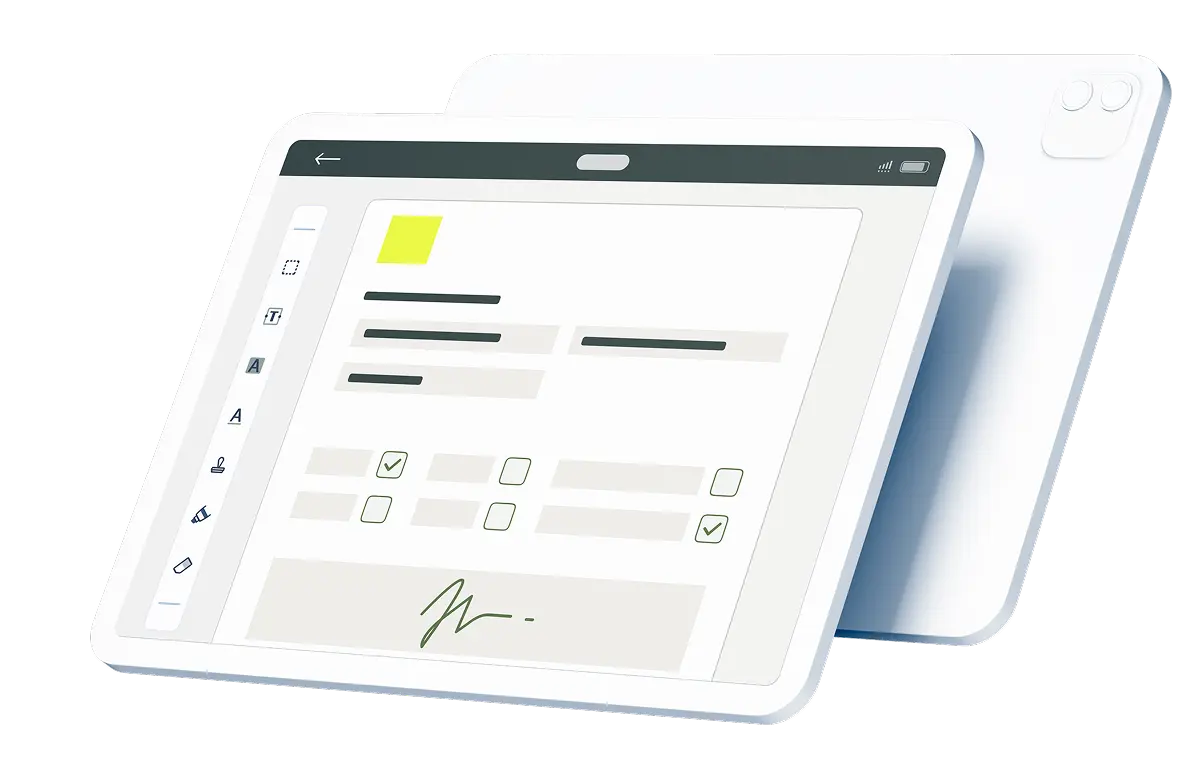As a construction project manager, you’re responsible for the progress of every job that falls under your purview. Your clients expect you to keep up with particular project performance metrics, such as the scope, schedule, budget and quality control. Are schedule milestones being met? What is the cost estimate of the job at completion? Is the work being completed in accordance with contract plans and specifications? These are just a few of the questions that you are expected to answer and report either on a regular basis or by request of a client or project sponsor.
Contents:
Understanding the Importance of a Site Inspection Checklist
Every project, no matter the size or type, has a set of requirements that make up the scope of work to be done. To ensure that this scope of work is completed, the daily progress of fieldwork must be observed, documented and verified as part of a project quality management plan. For many construction projects, field verification is provided by inspectors who check the work completed against the contract documents. You rely on these individuals to fully document the work being done, including all pertinent information:
- Date
- Number of workers present and type
- Equipment and tools used
- Materials
- Bid items installed
- Limits of the work done
- Weather conditions, including daily high and low temperatures
This information is often captured using a work report or site inspection checklist. This checklist is an important part of the quality management process and is the basis for verifying that project objectives and milestones are met.
Managing and Monitoring Site Conditions By Inspection
Inspectors and other field staff do more than observe and document the contractor’s work. They are often tasked with monitoring various site conditions. Examples of these conditions that might be captured in various site inspection checklists:
- Work zone safety
- Site cleanliness
- Securing site from intrusion or vandalism
- Field office requirements compliance
- Environmental best practices
- Strain measurements
- Utility coordination and adjustments
- Material sampling and testing
- Materials on hand
Construction projects that make use of certain funding sources, especially that of federal and state governmental entities, often have to track various types of information for compliance. A construction site inspection checklist and other forms are an essential part of the contract documents that need to be consistently completed and reliably tracked for progressive project audits as well as acceptance of the job by the owner.ecklist is an important part of the quality management process and is the basis for verifying that project objectives and milestones are met.
Using Forms for Consistent Inspection and Documentation
Imagine managing a construction project that requires the use of several inspectors, each of whom is responsible for overseeing different types of work being done. Depending on the experience and knowledge of the inspection staff, you would likely get different levels of detail and information recorded about the work that may or may not be sufficient to manage and control quality.
A single, consistent site inspections checklist format ensures that the inspection staff sticks to a consistent format for the entire duration of the project. When reviewing the project record or verifying material quantity takeoffs, an auditor or quality control manager is assured of consistency and completeness when checking inspection records.
Distributing Site Inspection Information
Communication is a critical element of construction oversight. An owner or client may have a negative perception of job performance when the project manager fails to provide timely or informative reports, even when the project is on schedule and within budget. A complete communications management plan includes field issues that are usually captured and documented in site inspection checklist reports.
These documents need to be stored in project records and distributed among the team and other stakeholders as necessary to keep everyone informed and engaged in contract performance. Some clients and owners may have an existing project management information system (often a software or application platform) that maintains records as well as distribute documents.
Streamlining Inspection and Communications
One big challenge to collecting and distributing the information is streamlining the process. The communications process will be impacted by the time of the inspection process:
- Conduct site inspections
- Complete site inspections checklist
- Review and approve forms
- Upload or distribute forms to project management information system
- Retrieve specific forms
- Create progress communications/reports
- Send to project team and stakeholders
This process can take a significant amount of time. It’s important to have a way to gather and report information quickly, efficiently and in a way that facilities document management.
Leveraging the Power of Fluix
Fluix is your go-to asset management platform that facilitates the use of consistent forms that can be quickly distributed to teams using portable devices such as smartphones and tablets. Information in site inspection checklists and other quality audit forms can be stored in the cloud and distributed to any interested parties. Intermediary approval processes can be standardized and rolled into the creation of an automated workflow. Best of all, Fluix is a lightweight solution that doesn’t call for special coding knowledge or the use of special operating systems. Learn more about how Fluix can improve your site inspection and communications processes with a free 14-day trial today.

